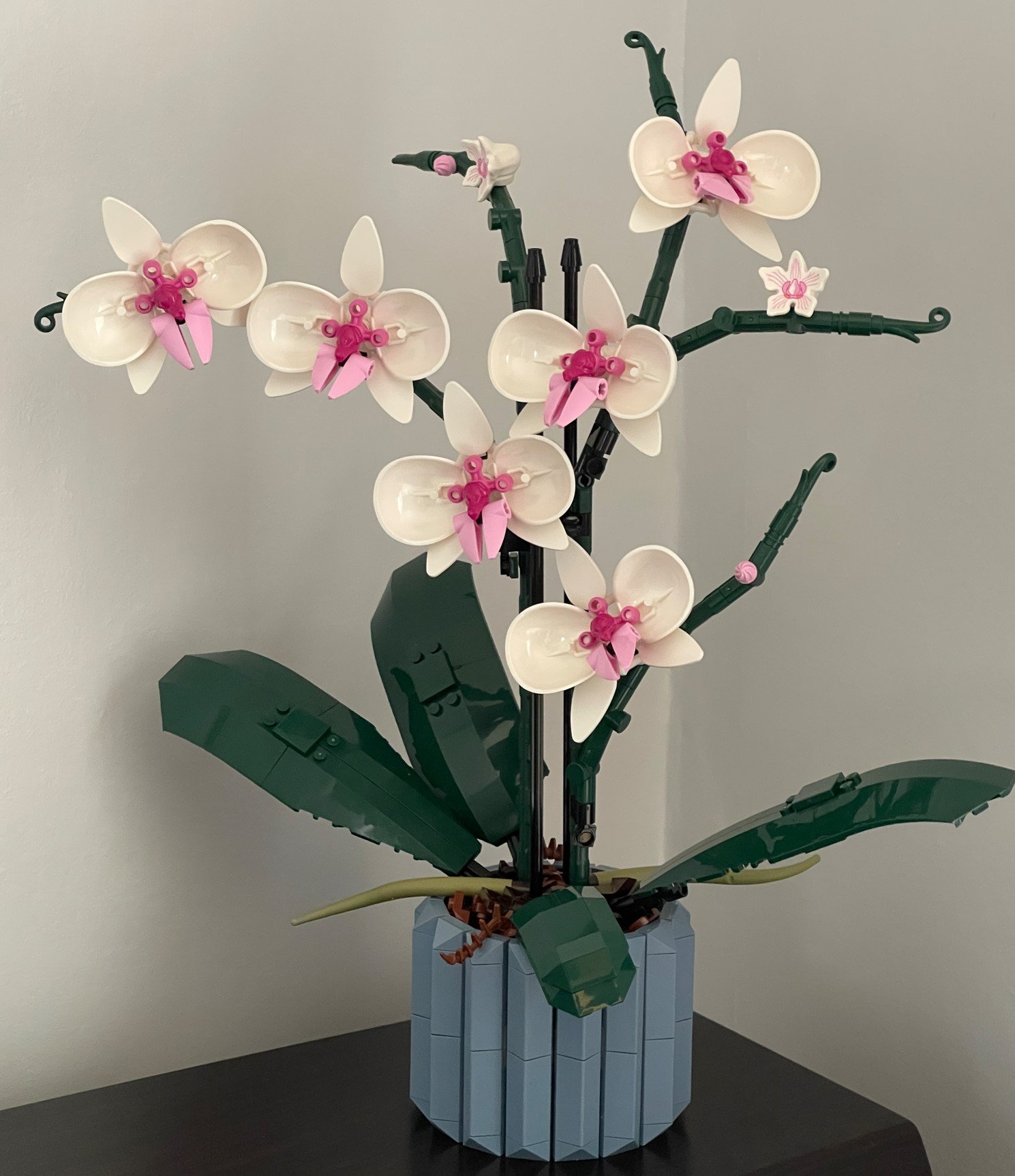Self promotion at emf
/Shameless self promotion in the lounge
We’ve had a couple of interesting nights here at emf. It’s quite fun to watch the tent around you swirl and dance as the wind howls and the rain pours down. Really. The best bit is the moiré fringe effects that you get when the inner and the outer layers of the tent touch each other. Quite mind blowing.
Anyoo, the good news is that just as we woke up the rain stopped and it wasn’t ever a hinderance right through the day. Oh, and here I present my tips for emf shower success. I meant to write these down last time, but I forgot and had to rediscover them all again.
wear shorts for the shower. There’s nothing quite as nasty as pulling on jeans over barely dry legs in a steamy, enclosed space.
don’t wear socks for the shower. If you think jeans are hard to pull over damp legs, you haven’t tried pulling socks over damp feet.
a carrier bag is your friend. When you set out it holds your clean clothes, towel and soap etc. You can hang it on the hook in the shower, and then move things in and out as you go through the shower process. A true ninja takes two bags, one for clean stuff and one for dirty.
put your toothpaste on the toothbrush before you leave the shower cubicle. The tap and basin are outside the shower. It’s a real faff to put toothpaste on a brush while standing in a queue. Much better to just have it all “tap ready” when you leave your shower. The first time I saw someone heading towards me holding a toothbrush in front of them I thought I was being challenged to some kind of duel. But when he shot past me and made for the tap I realised what a genius he really was.



















